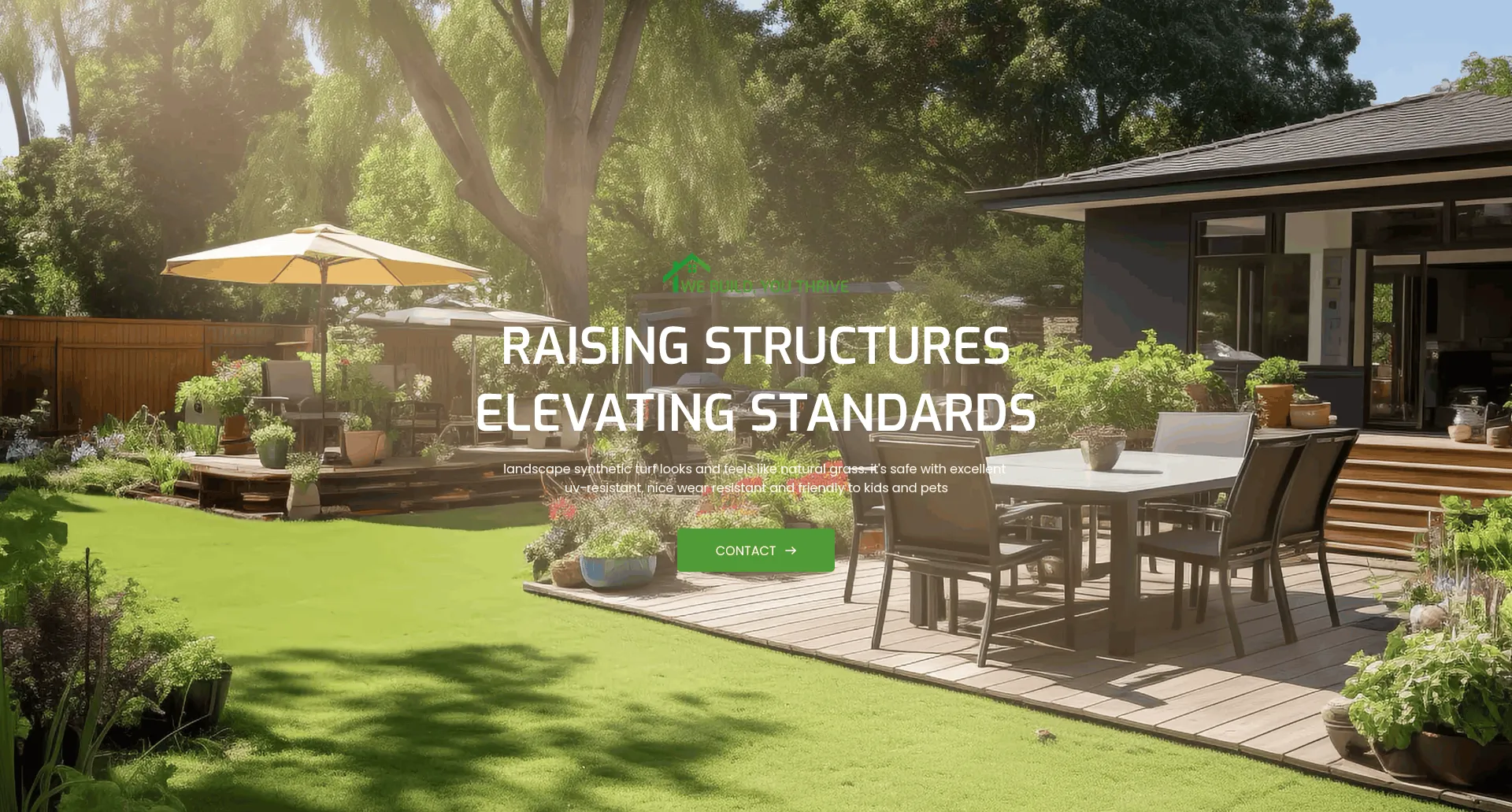
- Afrikaans
- Arabic
- Belarusian
- Bengali
- Czech
- Danish
- Dutch
- English
- Esperanto
- Estonian
- Finnish
- French
- German
- Greek
- Hindi
- Hungarian
- Icelandic
- Indonesian
- irish
- Italian
- Japanese
- kazakh
- Rwandese
- Korean
- Kyrgyz
- Lao
- Latin
- Latvian
- Malay
- Mongolian
- Myanmar
- Norwegian
- Persian
- Polish
- Portuguese
- Romanian
- Russian
- Serbian
- Spanish
- Swedish
- Tagalog
- Tajik
- Thai
- Turkish
- Turkmen
- Ukrainian
- Urdu
- Uighur
- Uzbek
- Vietnamese
The Benefits of Artificial Turf for Modern Baseball Fields and Player Performance
Nov . 29, 2024 15:20 Back to list
The Rise of Artificial Turf in Baseball Transforming the Game
Over the past few decades, artificial turf has made significant inroads into the world of baseball. Once considered a mere novelty, synthetic grass has now become a staple in many professional and amateur stadiums. This transition has not only changed the landscapes of various ballparks but has also spurred discussions about the implications for the game itself, the players, and the future of baseball.
History and Development
Artificial turf was first introduced in the 1960s, with the most notable example being the installation of “AstroTurf” at the Astrodome in Houston, Texas, in 1966. The initial reception was mixed; players were often skeptical about the safety and playability of turf compared to natural grass. Over time, however, improvements in the quality and technology of artificial surfaces began to change perceptions. Modern synthetic turfs mimic the look and feel of natural grass, incorporating advanced materials that provide better cushioning and drainage.
Advantages of Artificial Turf
One of the primary advantages of artificial turf is its durability. Unlike natural grass, which can become worn and muddy over the course of a season, turf maintains a consistent playing surface regardless of weather conditions. This resilience allows for more games to be played without concern for the state of the field, ultimately providing a better experience for fans and players alike.
Furthermore, artificial turf reduces maintenance costs for teams. Groundskeepers are tasked with mowing, watering, fertilizing, and overseeding natural fields, all of which require significant time and resources. Synthetic turf eliminates much of this work, freeing up staff to focus on other aspects of stadium maintenance and improving overall operational efficiency.
Impact on Performance and Safety
artificial turf baseball

The impact of artificial turf on player performance and safety is a topic of ongoing debate. Although today's turf surfaces are designed to be softer and more forgiving than their predecessors, concerns remain regarding injuries. Some studies have suggested that players on synthetic fields may be more prone to certain injuries, particularly lower body injuries. However, proponents argue that advances in technology have greatly diminished these risks, and many players actually prefer the predictability of playing on turf.
Moreover, artificial turf can enhance playability. It provides a firm and consistent surface that can lead to faster ball movement and potentially higher scoring games. This predictability can aid in improving batting statistics and overall game dynamics, attracting fans who appreciate high-energy matchups.
Environmental Considerations
The environmental impact of artificial turf has also come under scrutiny. While turf fields do not require water or pesticides like natural grass fields, the production and eventual disposal of synthetic materials raise ecological concerns. The conversation surrounding sustainability within sports is growing, prompting manufacturers to develop eco-friendlier options and contribute to recycling efforts.
Many organizations are now exploring innovative solutions to reduce their carbon footprint, including the use of recycled materials in the production of turf. Baseball leagues are beginning to take these considerations into account when making decisions about field surfaces, reflecting a broader societal commitment to sustainability.
The Future of Artificial Turf in Baseball
As technology continues to improve, the future of artificial turf in baseball looks promising. With more advanced materials that promise better safety and performance, as well as a growing emphasis on sustainability, teams may increasingly opt for synthetic surfaces. The trend towards turf is also likely to continue in youth and recreational leagues, where the practicality and lower maintenance needs can make a significant difference for local organizations.
In conclusion, artificial turf has revolutionized the world of baseball, offering numerous advantages while still subject to ongoing scrutiny and debate. As teams and players navigate the balance between performance, safety, and environmental consciousness, the role of synthetic surfaces in shaping the future of the sport remains an evolving narrative. Whether through enhancing player experience or reducing operational costs, artificial turf has become an integral part of the game, bridging tradition with modernity in America's pastime.
-
The Benefits of Artificial Turf for Indoors
NewsJul.15,2025
-
How Artificial Grass Suppliers Ensure Quality Products
NewsJul.15,2025
-
Artificial Grass and Pets: A Space for Relaxation
NewsJul.08,2025
-
Balcony & Outdoor Decoration with Artificial Grass
NewsJul.08,2025
-
Best Indoor Artificial Grass for Home
NewsJul.07,2025
-
Best Pet Turf for Dogs: Safe & Durable Artificial Grass Options
NewsJul.07,2025
Products categories









